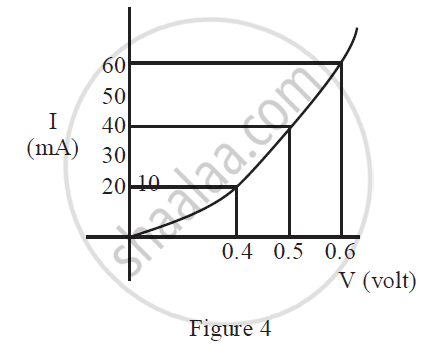Advertisements
Advertisements
Question
Mark the correct options.
(a) A diode valve can be used as a rectifier.
(b) A triode valve can be used as a rectifier.
(c) A diode valve can be used as an amplifier.
(d) A triode valve can be used as an amplifier.
Solution
(a) A diode valve can be used as a rectifier.
(b) A triode valve can be used as a rectifier.
(d) A triode valve can be used as an amplifier.
A diode valve and a triode valve allow current to flow only in one direction. Since a rectifier is a device that converts alternating current (bi-directional) into direct current (uni-directional), a diode valve and a triode valve can be used as rectifiers.
A triode valve can control its output in proportion to the input signal. That is, it can act as an amplifier, whereas a diode valve cannot control its output in proportion to the input signal. So, it cannot be use as an amplifier.
APPEARS IN
RELATED QUESTIONS
The forward characteristic curve of a junction diode is shown in Figure 4 below :

Calculate the resistance of the diode at
(1) V = 0.5 V
(2) I = 60 mA
The V − I characteristic of a silicon diode is as shown in the figure. Calculate the resistance of the diode at (i) I = 15 mA and (ii) V= −10 V.

In semiconductor physics, what is the function of a rectifier?
